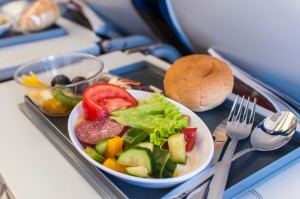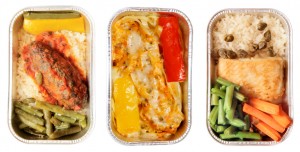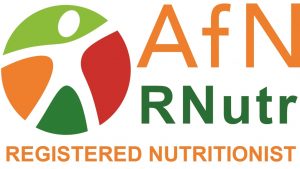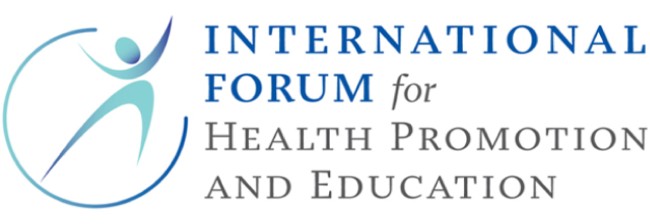 Ever been perplexed over airline meals and what to eat or when? Frequent long-haul traveller and Registered Nutritionist, Carol Sadler reveals her tips for making the most of the meals when travelling long haul.
Ever been perplexed over airline meals and what to eat or when? Frequent long-haul traveller and Registered Nutritionist, Carol Sadler reveals her tips for making the most of the meals when travelling long haul.
Only Eat When You Are Hungry
We always sleep poorly after eating late at night, and this is a particularly bad way to start a long flight. Try to move meals times closer to those of your destination; this will help to adjust to the new time zone.
The Hot Towel
The pre-meal hot towel minimises the risk of passengers eating with dirty hands. Always use the towel, I also wipe down the armrests and tray table.
Special Dietary Requirements, Book On-line Well in Advance
The provision of special meals is standard on most airlines.
Vegetarian meals at their most basic, are for vegans and vegetarians who eat dairy and eggs, but some airlines go further offering Hindu vegetarian with dairy but no eggs and Jain vegetarian with no onions, garlic and root vegetables. There are faith-based diets, plus those for medical conditions. Most airlines provide diabetic meals with no sugar, jam and cake, and gluten intolerant meals with no wheat, barley, oats or rye, and meals with low salt or low fat. Premium airlines also can do a bland meal to avoid stomach irritation, with no spice, cocoa or alcohol and a semi-fluid diet for those with difficulty swallowing.
Passengers requesting special meals are always served before the main meal service. In economy you can be trapped in your seat by the tray table until all the finished meals are collected, this can be well over an hour.
Which Meal to Chose?
 It is still possible to get no choice – on my British Airways flight to LA last year I had to eat the vegetarian meal, as the other options had run out, it was tasty but on a long, expensive flight there should be a choice. Some airlines, for example, Qantas, now allow you to choose your meal online before you fly, most airlines encourage business and first class passengers to do likewise.
It is still possible to get no choice – on my British Airways flight to LA last year I had to eat the vegetarian meal, as the other options had run out, it was tasty but on a long, expensive flight there should be a choice. Some airlines, for example, Qantas, now allow you to choose your meal online before you fly, most airlines encourage business and first class passengers to do likewise.
I like to choose the cuisine of the airline’s home country; their cooks will do familiar dishes well and their local clients will expect a good product. For example, Malaysian Airlines is famous for its award-winning satay sticks, whereas JAL is renowned for a tasty carton of beef with rice and the Korean airline Asiana, for their Bimimbap with soba noodles.
Breakfast is a meal airlines do well but beware the bread rolls which dry quickly in the low humidity. As always, it’s best to go with the local speciality, I like an airline omelette but will also go with the Singapore Airlines noodles with shrimp and apparently Jet Airlines does an excellent Idli with spicy lentil soup.
Hard to Avoid the Salt
Airline meals tend to be high in salt. Our taste is slightly impaired in the reduced atmosphere and the chefs try to keep flavours robust. Salt is dehydrating so never add extra salt to meals and drink lots of water.
How Do They Do It?
International airlines either own a massive catering establishment or contract to another. Emirates Airline estimates that they bake 58 million bread rolls per year, their catering centre works 24/7 and the staff reportedly use four million hair nets and 23 million gloves a year. The operation is enormous. The meals are all pre-cooked, frozen and then oven heated on the plane.
Competition amongst airlines to attract business travellers is intense. Food and beverage services took a knock in cutbacks when the oil price kept airfares high. With emerging new airlines more is being invested in attracting the business traveller with a quality meal service. We look forward to the up and coming trend of catering to the individual needs of the business traveller more often.
Bon Appetite.
© ExtraVitality 2016





























Hello all your articles and news seem to be old…are you still in business
Yes we are. How can I help